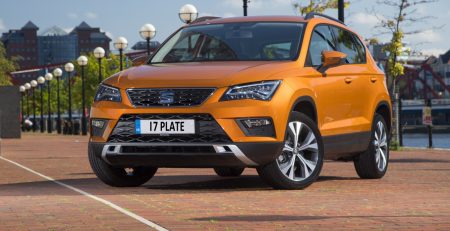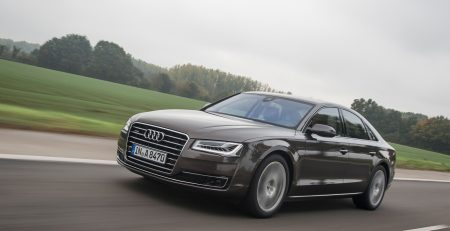London announced a T-charge from late 2017 for Euro 4 (EU4) vehicles, while Stuttgart banned Euro 5 too. Will London step u read more
Car insurance groups explained
This is because each make or model is assigned a car insurance group that can affect the car insurance premium you end up paying, making it important to understand which car groups result in low or high costs.
Insurers tend to base premiums on statistical risk, with cars more likely to have claims made on their policy resulting in more expensive insurance.
What are car insurance groups?
Car insurance groups are assigned to passenger cars built to UK specifications by the Group Rating Panel - a panel made up of representatives of the insurance industry and members of the Association of British Insurers (ABI) and Lloyds Market Association.
The car insurance group list features groups between 1 and 50, and cars are assigned to a group based on research conducted by the Motor Insurance Repair Research Centre (Thatcham).
Group 1 cars are the cheapest to insure, these tend to be less expensive, low-specification models with smaller engines, and group 50 the most expensive.
A Vauxhall Corsa Hatchback (06-14) would be placed in insurance group 1, while an Audi A8 Saloon (10 on) is in insurance group 50.
Factors including repairs, the cost of spare parts, the performance of the vehicle, safety features, and the price of a new model are used to work out which group number a car is assigned to.
Cars with longer repair times and costly spare parts will have a higher insurance group. Vehicles that can accelerate quickly and reach hide speeds are classed as "higher risk", also leading to a higher insurance group.
The rank of an insurance group will also depend on the number of safety features which come as standard with the car, such as an alarm, immobiliser and a visible Vehicle Identification Number (VIN). The more safety features, the less chance of the car being stolen and therefore cheaper insurance.
Insurance groups for cars can be found online through Parkers.
Get a GAP insurance quote for your new car
Can you cut the cost of higher car insurance groups?
Owners of cars that are in higher car insurance groups can still take steps to lowering the costs.
The first step would be to add security-enhancing systems to the car, these can include approved immobilisers and alarms. Adding these feature can reduce the premium issued by your insurer.
The safety features can make for a lower statistical likelihood of a claim being made as a result of the vehicle's safety being enhanced.
Paying a higher excess fee can also help reduce costs with high insurance group cars, as well as paying the premiums upfront rather than monthly payments, of which insurers can charge interest.
Insurances can be lowered in time with black box insurance. A satellite tracker is fitted into the car and monitors when and how well it is being driven. Speed, acceleration, and breaking are measured, giving insurers a picture of how risky the driver is. The less risks taken, the better chance of the driver being rewarded with lower premiums in the future.
Younger drivers can cut their insurance premiums by gaining more experience on the roads by taking the Pass Plus qualification - which allows drivers to practice driving on motorways after they have passed the standard car driving test.
A new ruling from the European Court of Justice came into effect on 21 December 2015, which states that insurers can no longer use gender when calculating premiums.
Before this rule came into effect, young women would be able to get cheaper car insurance because statistics showed that they would have fewer accidents compared to young men. However, as a result of the new rule discount can no longer be made through gender when calculating premiums.




